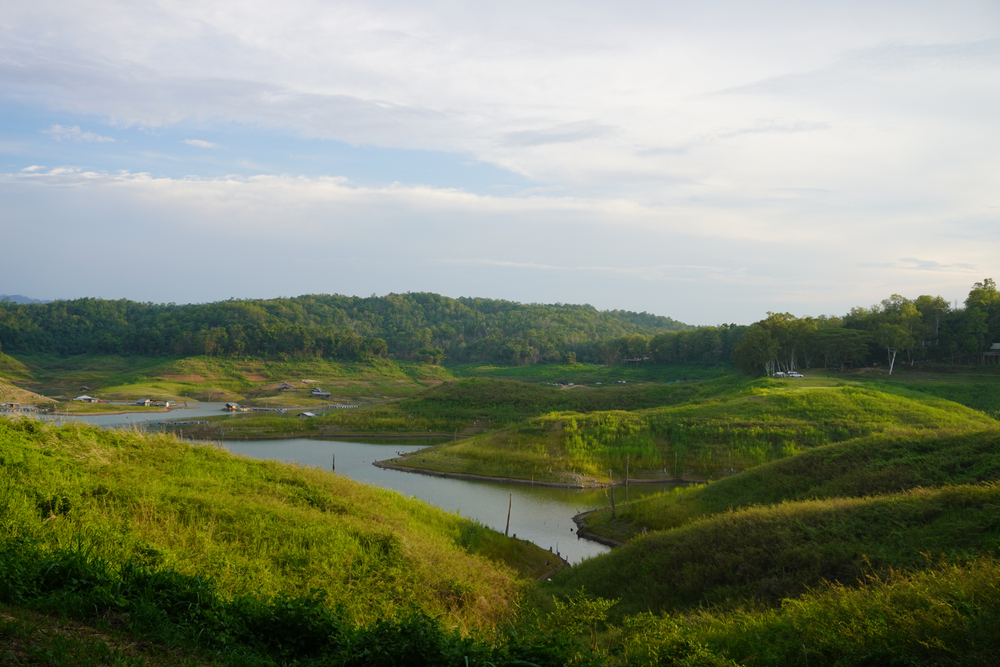Lam Nam Nan Overview
Lam Nam Nan National Park, or อุทยานแห่งชาติลำน้ำน่าน in Thai, is a stunning protected area located in northern Thailand’s Phrae and Uttaradit provinces. Spanning approximately 402 square miles (1,041 square kilometers), this park is named after the Nam Nan River, which flows through its lush and diverse landscapes.
The park’s rich terrain includes dense forests, rolling hills, and serene water bodies, making it a haven for nature lovers and adventurers alike. The terrain of Lam Nam Nan National Park is characterized by its rugged hills and valleys, interspersed with meandering streams and waterfalls. The park features mixed deciduous and evergreen forests that create a vibrant canopy teeming with life.
Among its notable features are the stunning Huai Nam Yen Waterfall, which cascades beautifully amidst verdant surroundings, and the expansive Sirikit Reservoir, a tranquil body of water that is central to the park’s ecosystem. The area is also dotted with limestone formations, caves, and viewpoints that offer panoramic vistas of the lush countryside.
Lam Nam Nan National Park is home to a rich array of wildlife, showcasing Thailand’s biodiversity. Visitors might encounter mammals such as barking deer, wild boars, and civets. Bird enthusiasts will be delighted by the park’s avian residents, including hornbills, kingfishers, and a variety of forest-dwelling songbirds. The park also serves as a critical habitat for reptiles, amphibians, and a plethora of insects, reflecting its ecological importance.
The park’s most popular attractions include the Sirikit Reservoir, which offers opportunities for boating and fishing, as well as scenic spots perfect for picnicking and relaxation. Trekking trails weave through the park’s dense forests, leading visitors to hidden waterfalls and viewpoints that reveal the beauty of northern Thailand’s landscape. Camping is a favored activity here, allowing visitors to immerse themselves fully in the natural surroundings.
Visitors can explore Lam Nam Nan National Park through hiking, camping, and boat tours. Guided treks offer insights into the park’s flora and fauna, while water-based activities on the Sirikit Reservoir provide a tranquil way to connect with nature. Birdwatching and photography are also popular, given the abundance of wildlife and picturesque scenery.
The park’s management has faced challenges, particularly concerning deforestation and human encroachment. However, conservation initiatives, including reforestation projects and community engagement, have seen significant success. By involving local communities in sustainable tourism and environmental education, the park has fostered a sense of shared responsibility for preserving its natural beauty.

















































































